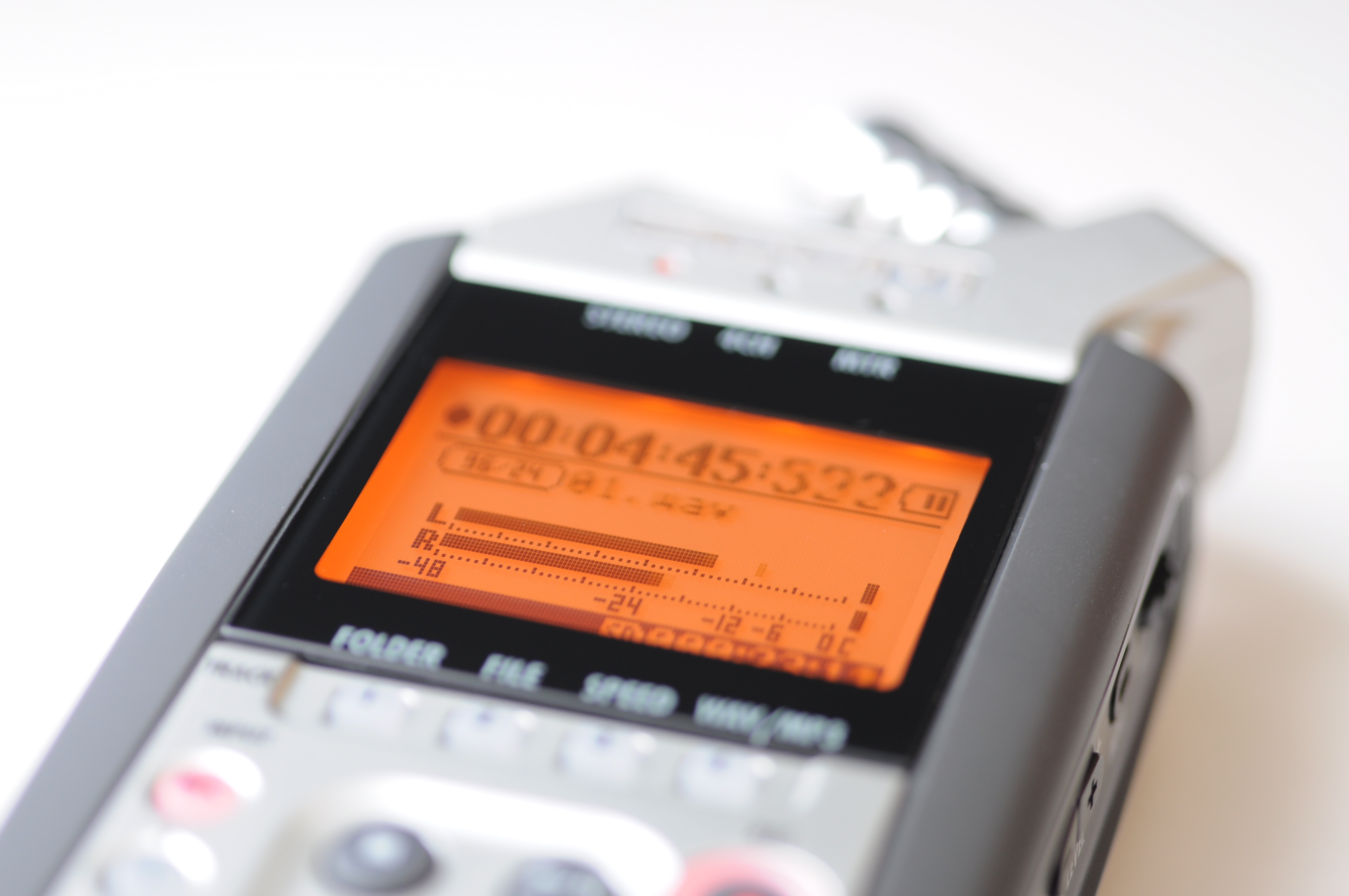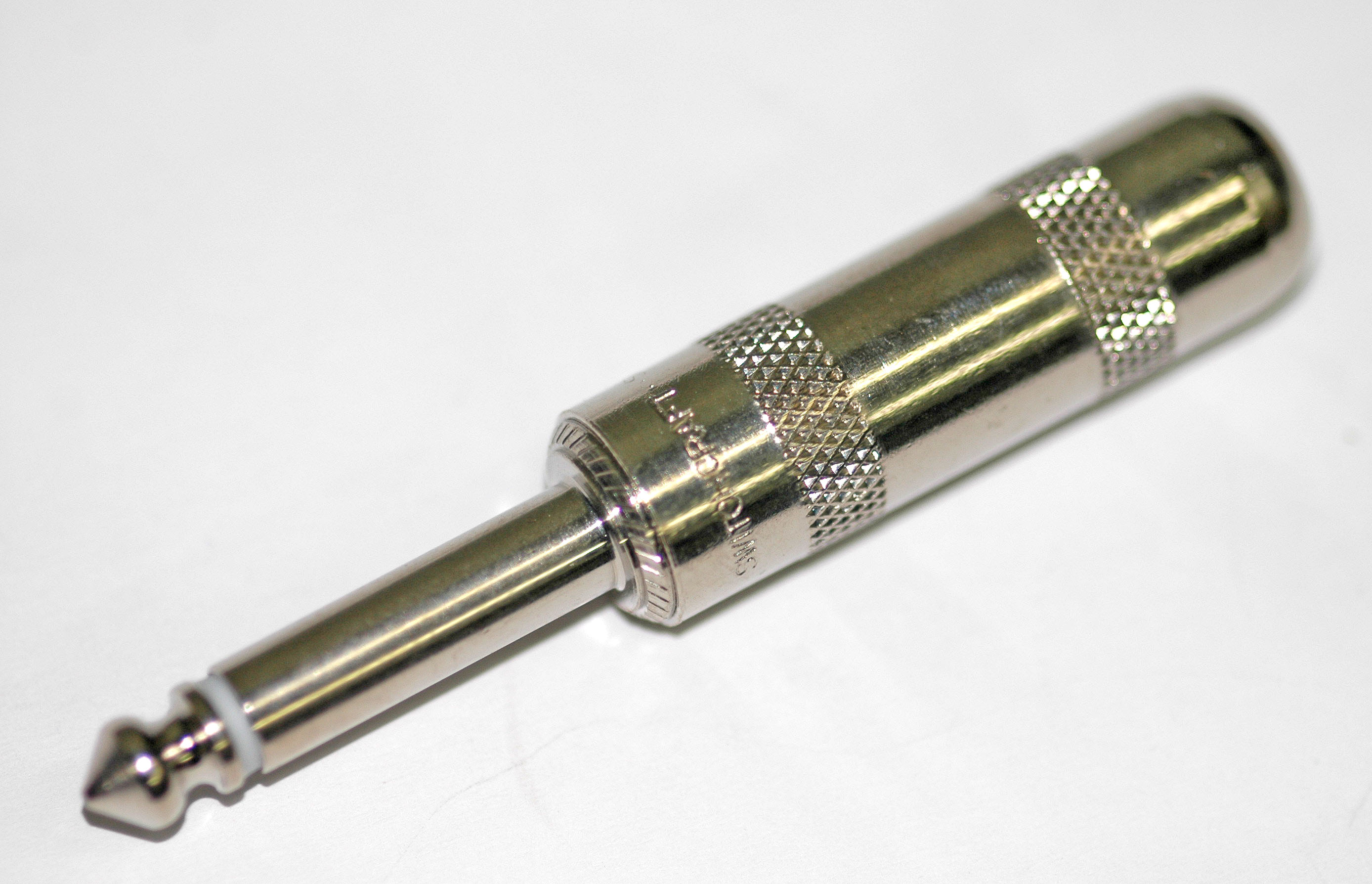|
Adat
Alesis Digital Audio Tape (ADAT) is a magnetic tape format used for the recording of eight digital audio tracks onto the same S-VHS tape used by consumer VCRs. Although it is a tape-based format, the term ''ADAT'' now refers to its successor, the Alesis ADAT HD24, which features hard disk recording rather than the traditional tape-based ADAT, which in turn is now considered obsolete. History The product was announced in January 1991 at the NAMM convention in Anaheim, California by Alesis. The first ADAT recorders shipped over a year later in February or March 1992. More audio tracks could be recorded by synchronizing up to 16 ADAT machines together, for a total of 128 tracks. While synchronization had been available in earlier machines, ADAT machines were the first to do so with sample-accurate timing, which in effect allowed a studio owner to purchase a 24-track tape machine eight tracks at a time. This capability and its comparatively low cost, originally introduc ... [...More Info...] [...Related Items...] OR: [Wikipedia] [Google] [Baidu] |
Digital Audio
Digital audio is a representation of sound recorded in, or converted into, digital form. In digital audio, the sound wave of the audio signal is typically encoded as numerical samples in a continuous sequence. For example, in CD audio, samples are taken 44,100 times per second, each with 16-bit sample depth. Digital audio is also the name for the entire technology of sound recording and reproduction using audio signals that have been encoded in digital form. Following significant advances in digital audio technology during the 1970s and 1980s, it gradually replaced analog audio technology in many areas of audio engineering, record production and telecommunications in the 1990s and 2000s In a digital audio system, an analog electrical signal representing the sound is converted with an analog-to-digital converter (ADC) into a digital signal, typically using pulse-code modulation (PCM). This digital signal can then be recorded, edited, modified, and copied using compu ... [...More Info...] [...Related Items...] OR: [Wikipedia] [Google] [Baidu] |
Audiovisual Introductions In 1992
Audiovisual (AV) is electronic media possessing both a sound and a visual component, such as slide-tape presentations, films, television programs, corporate conferencing, church services, and live theater productions. Audiovisual service providers frequently offer web streaming, video conferencing, and live broadcast services. Computer-based audiovisual equipment is often used in education, with many schools and universities installing projection equipment and using interactive whiteboard technology. Components Aside from equipment installation, two significant elements of audiovisual are wiring and system control. If either of these components are faulty or missing, the system may not demonstrate optimal performance. Wiring is a skill that not only requires proper cable rating selection based on a number of factors, including distance to the main rack, frequency and fire codes, but wires should also be out of sight, behind the walls and in the ceiling, when possibl ... [...More Info...] [...Related Items...] OR: [Wikipedia] [Google] [Baidu] |
Audio Storage
Sound recording and reproduction is the electrical, mechanical, electronic, or digital inscription and re-creation of sound waves, such as spoken voice, singing, instrumental music, or sound effects. The two main classes of sound recording technology are analog recording and digital recording. Sound recording is the transcription of invisible vibrations in air onto a storage medium such as a phonograph disc. The process is reversed in sound reproduction, and the variations stored on the medium are transformed back into sound waves. Acoustic analog recording is achieved by a microphone diaphragm that senses changes in atmospheric pressure caused by acoustic sound waves and records them as a mechanical representation of the sound waves on a medium such as a phonograph record (in which a stylus cuts grooves on a record). In magnetic tape recording, the sound waves vibrate the microphone diaphragm and are converted into a varying electric current, which is then converted t ... [...More Info...] [...Related Items...] OR: [Wikipedia] [Google] [Baidu] |
Sound Recording And Reproduction
Sound recording and reproduction is the electrical, mechanical, electronic, or digital inscription and re-creation of sound waves, such as spoken voice, singing, instrumental music, or sound effects. The two main classes of sound recording technology are analog recording and digital recording. Sound recording is the transcription of invisible vibrations in air onto a storage medium such as a phonograph disc. The process is reversed in sound reproduction, and the variations stored on the medium are transformed back into sound waves. Acoustic analog recording is achieved by a microphone diaphragm that senses changes in atmospheric pressure caused by acoustic sound waves and records them as a mechanical representation of the sound waves on a medium such as a phonograph record (in which a stylus cuts grooves on a record). In magnetic tape recording, the sound waves vibrate the microphone diaphragm and are converted into a varying electric current, which is then converted to ... [...More Info...] [...Related Items...] OR: [Wikipedia] [Google] [Baidu] |
Alesis ADAT HD24
Alesis is an electronic music company that designs and markets electronic musical instruments, digital audio processors, audio mixers, drum amplifiers, amplifiers, digital audio interfaces, recording equipment, drum machines, professional audio, and electronic percussion products. Based in Cumberland, Rhode Island, Alesis is currently held by the inMusic Brands company, owned by businessman Jack O'Donnell. Alesis products are designed in the United States, and manufactured in China. Early years Alesis Studio Electronics was founded in Hollywood in 1984 by MXR co-founder Keith Elliott Barr. Leveraging his ability to design custom integrated circuits, Barr's company was able to introduce technologically advanced products at prices within the realm of most project studios. Alesis' first product was the XT Reverb. Introduced in 1985, the XT Reverb was an all-digital reverb that carried an unprecedented low price of $799. Barr recruited Russell Palmer as Operations Manager and R ... [...More Info...] [...Related Items...] OR: [Wikipedia] [Google] [Baidu] |
Sound Recording
Sound recording and reproduction is the electrical, mechanical, electronic, or digital inscription and re-creation of sound waves, such as spoken voice, singing, instrumental music, or sound effects. The two main classes of sound recording technology are analog recording and digital recording. Sound recording is the transcription of invisible vibrations in air onto a storage medium such as a phonograph disc. The process is reversed in sound reproduction, and the variations stored on the medium are transformed back into sound waves. Acoustic analog recording is achieved by a microphone diaphragm that senses changes in atmospheric pressure caused by acoustic sound waves and records them as a mechanical representation of the sound waves on a medium such as a phonograph record (in which a stylus cuts grooves on a record). In magnetic tape recording, the sound waves vibrate the microphone diaphragm and are converted into a varying electric current, which is then converted ... [...More Info...] [...Related Items...] OR: [Wikipedia] [Google] [Baidu] |
Alesis
Alesis is an electronic music company that designs and markets electronic musical instruments, digital audio processors, audio mixers, drum amplifiers, amplifiers, digital audio interfaces, recording equipment, drum machines, professional audio, and electronic percussion products. Based in Cumberland, Rhode Island, Alesis is currently held by the inMusic Brands company, owned by businessman Jack O'Donnell. Alesis products are designed in the United States, and manufactured in China. Early years Alesis Studio Electronics was founded in Hollywood, Los Angeles, Hollywood in 1984 by MXR co-founder Keith Elliott Barr. Leveraging his ability to design custom integrated circuits, Barr's company was able to introduce technologically advanced products at prices within the realm of most project studios. Alesis' first product was the XT Reverb. Introduced in 1985, the XT Reverb was an all-digital reverb that carried an unprecedented low price of $799. Barr recruited Russell Palmer as Ope ... [...More Info...] [...Related Items...] OR: [Wikipedia] [Google] [Baidu] |
44,100 Hz
In digital audio, 44,100 Hz (alternately represented as 44.1 kHz) is a common sampling frequency. Analog audio is often recorded by sampling it 44,100 times per second, and then these samples are used to reconstruct the audio signal when playing it back. The 44.1 kHz audio sampling rate is widely used due to the compact disc (CD) format, dating back to its use by Sony from 1979. History The 44.1 kHz sampling rate originated in the late 1970s with PCM adaptors, which recorded digital audio on video cassettes,Specifically U-matic cassettes notably the Sony PCM-1600 introduced in 1979 and carried forward in subsequent models in this series. This then became the basis for Compact Disc Digital Audio (CD-DA), defined in the Red Book standard in 1980. Its use has continued as an option in 1990s standards such as the DVD, and in 2000s, standards such as HDMI. This sampling frequency is commonly used for MP3 and other consumer audio file formats which were ori ... [...More Info...] [...Related Items...] OR: [Wikipedia] [Google] [Baidu] |
Multitrack Recording
Multitrack recording (MTR), also known as multitracking or tracking, is a method of sound recording developed in 1955 that allows for the separate recording of multiple sound sources or of sound sources recorded at different times to create a cohesive whole. Multitracking became possible in the mid-1950s when the idea of simultaneously recording different audio channels to separate discrete "tracks" on the same reel-to-reel tape was developed. A "track" was simply a different channel recorded to its own discrete area on the tape whereby their relative sequence of recorded events would be preserved, and playback would be simultaneous or synchronized. A multitrack recorder allows one or more sound sources to different tracks to be simultaneously recorded, which may subsequently be processed and mixed separately. Take, for example, a band with vocals, guitars, a keyboard, bass, and drums that are to be recorded. The singer's microphone, the output of the guitars and keys, and ... [...More Info...] [...Related Items...] OR: [Wikipedia] [Google] [Baidu] |
Phone Connector (audio)
A phone connector, also known as phone jack, audio jack, headphone jack or jack plug, is a family of electrical connectors typically used for analog signal, analog audio signals. A plug, the Gender of connectors and fasteners, male connector, is inserted into the jack, the female connector. The phone connector was invented for use in telephone switchboards in the 19th century and is still widely used. The phone connector is cylindrical in shape, with a grooved tip to retain it. In its original audio configuration, it typically has two, three, four or, occasionally, five contacts. Three-contact versions are known as ''TRS connectors'', where ''T'' stands for Tip and ring, "tip", ''R'' stands for Tip and ring, "ring" and ''S'' stands for "sleeve". Ring contacts are typically the same diameter as the sleeve, the long shank. Similarly, two-, four- and five-contact versions are called ''TS'', ''TRRS'' and ''TRRRS connectors'' respectively. The outside diameter of the "sleeve" c ... [...More Info...] [...Related Items...] OR: [Wikipedia] [Google] [Baidu] |
Punch In/out
Punch in/out is an audio and video term that originated as a recording technique used on early multitrack recordings whereby a portion of the performance was recorded onto a previously recorded tape, usually overwriting any sound that had previously been on the track used.Pandey, Ashish (2005). ''Encyclopaedic Dictionary of Music: K-Z'', p.551. Gyan. . The erasing and/or recording heads had to be very carefully aligned and applied to the tape surface with delicate timing and precision to avoid ruining the recording, and the practice was feared by most producers and engineers. After the advent of 16- and 24-track equipment it was no longer necessary to risk the recording as a whole, as an empty portion of another track could be dedicated to such use. Vocalists in particular would usually record several renditions over separate parallel tracks, with the producers choosing the best bits from the layered vocals to mix together. The term "punching in" remained in use despite this fact ... [...More Info...] [...Related Items...] OR: [Wikipedia] [Google] [Baidu] |








